The Evolution of Quality Assurance in the Tech Industry

Good old Quality Assurance (QA)! Software development is incomplete without this crucial process. Yet, have you paused to consider where it all began? How QA has evolved to be what it is today and it is much more than just finding bugs and fixing them? We’ll take you through the transformation of quality assurance in information technology, spotlighting key turning points and their influence on our current approach to tech development and testing.
QA as it was and is today
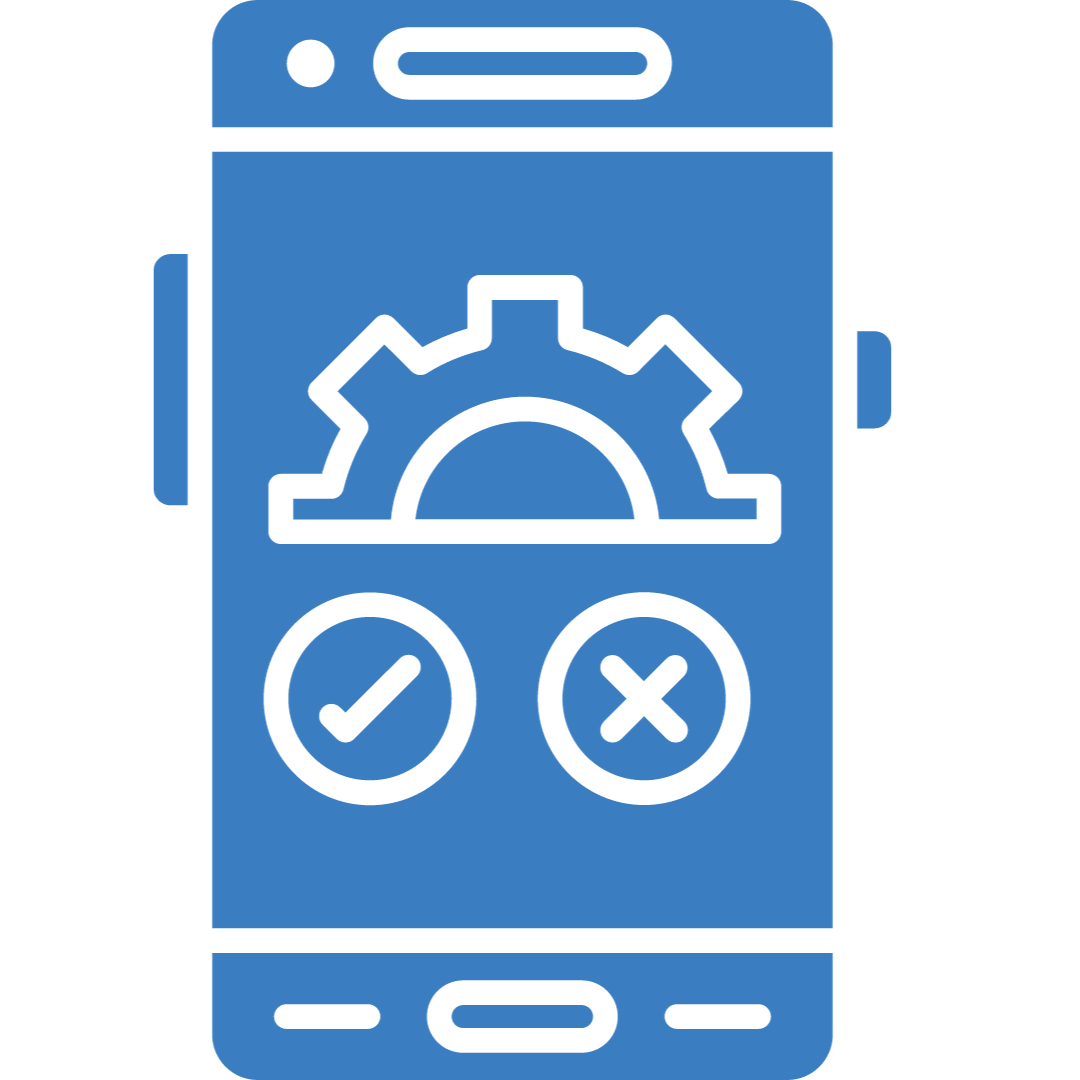
QA has been a cornerstone in the technology sector for many years. Its fundamental role is to ascertain that all tech products, including software and hardware, adhere to certain quality standards before they are introduced to the consumer.
Over time, QA and even the QA engineer have undergone significant evolution, propelled by technological progress, shifting business requirements, and escalating customer expectations.
The Genesis of QA
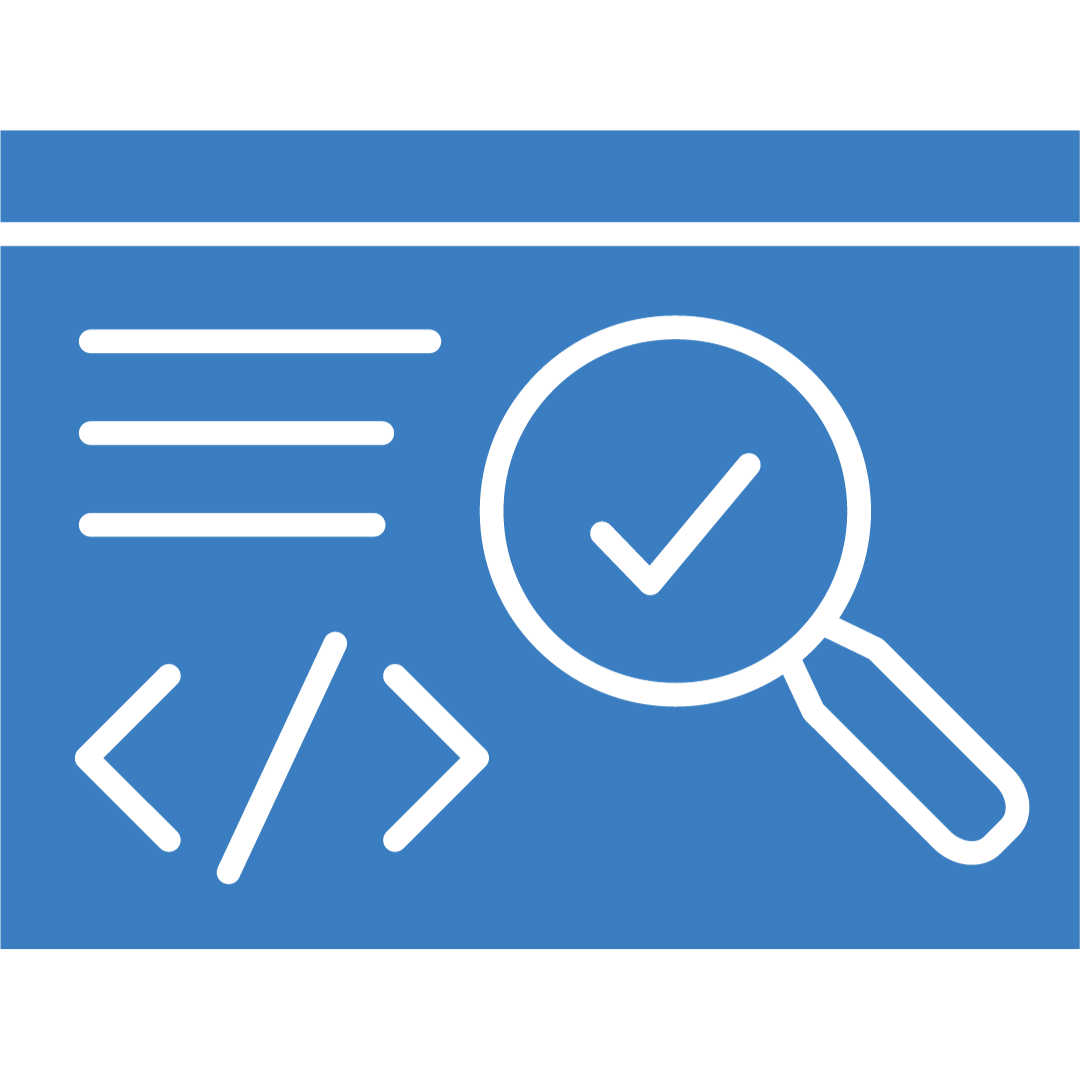
QA in the 1950s and 1960s
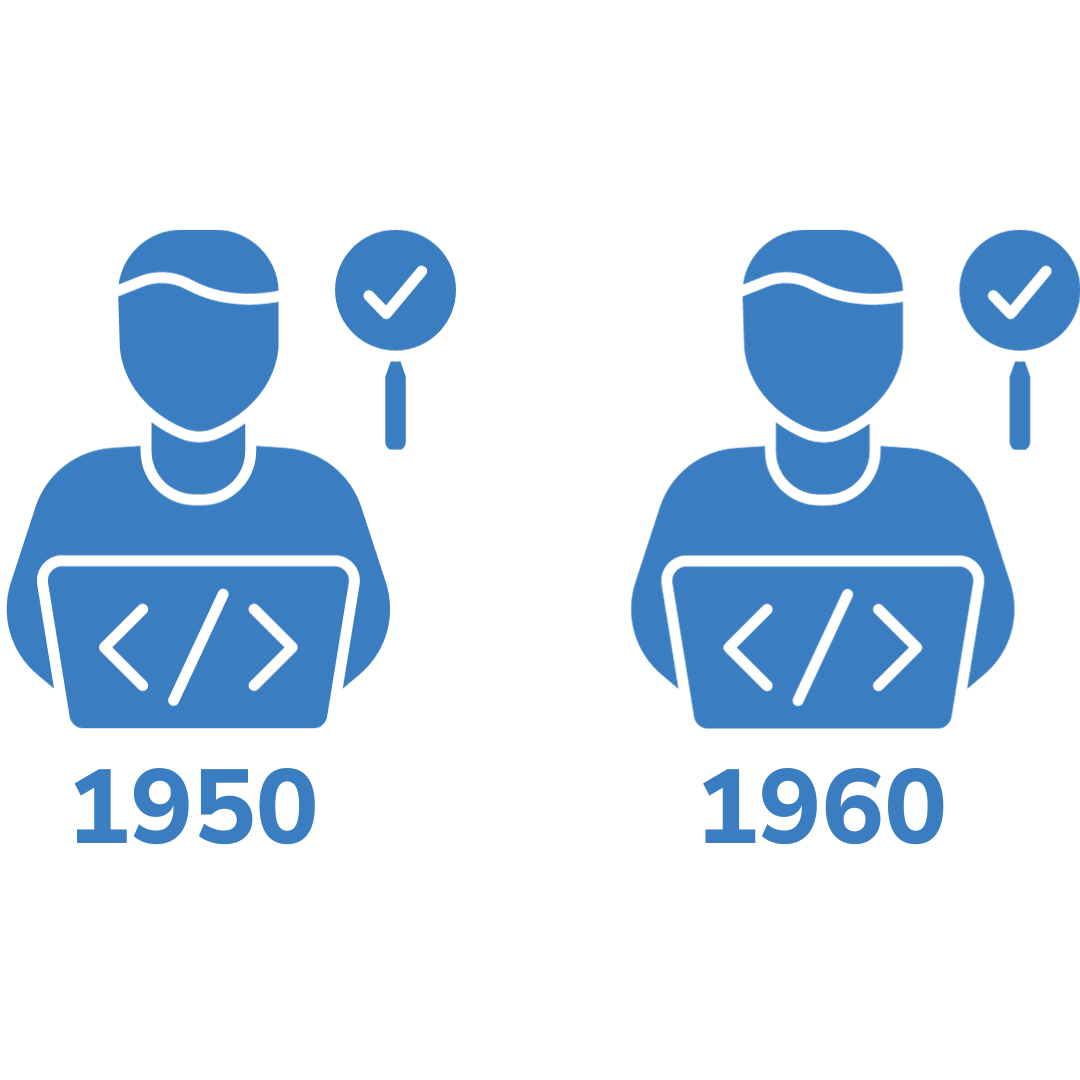
In the nascent stages of computing, during the 1950s and 1960s, quality assurance in information technology was a relatively straightforward process. Software applications were less intricate, and testing primarily revolved around checking if the software executed its intended tasks. At this juncture, QA was often relegated to the sidelines, and conducted post-development, with a primary focus on identifying and rectifying bugs.
The software developed during this time was less complex compared to today's applications. They were mostly command-line based, running on mainframe computers or early microcomputers. Examples include the IBM 704 FORTRAN (a scientific computation software), COBOL (used for business data processing), and early operating systems like OS/360.
Testing was a Manual Process
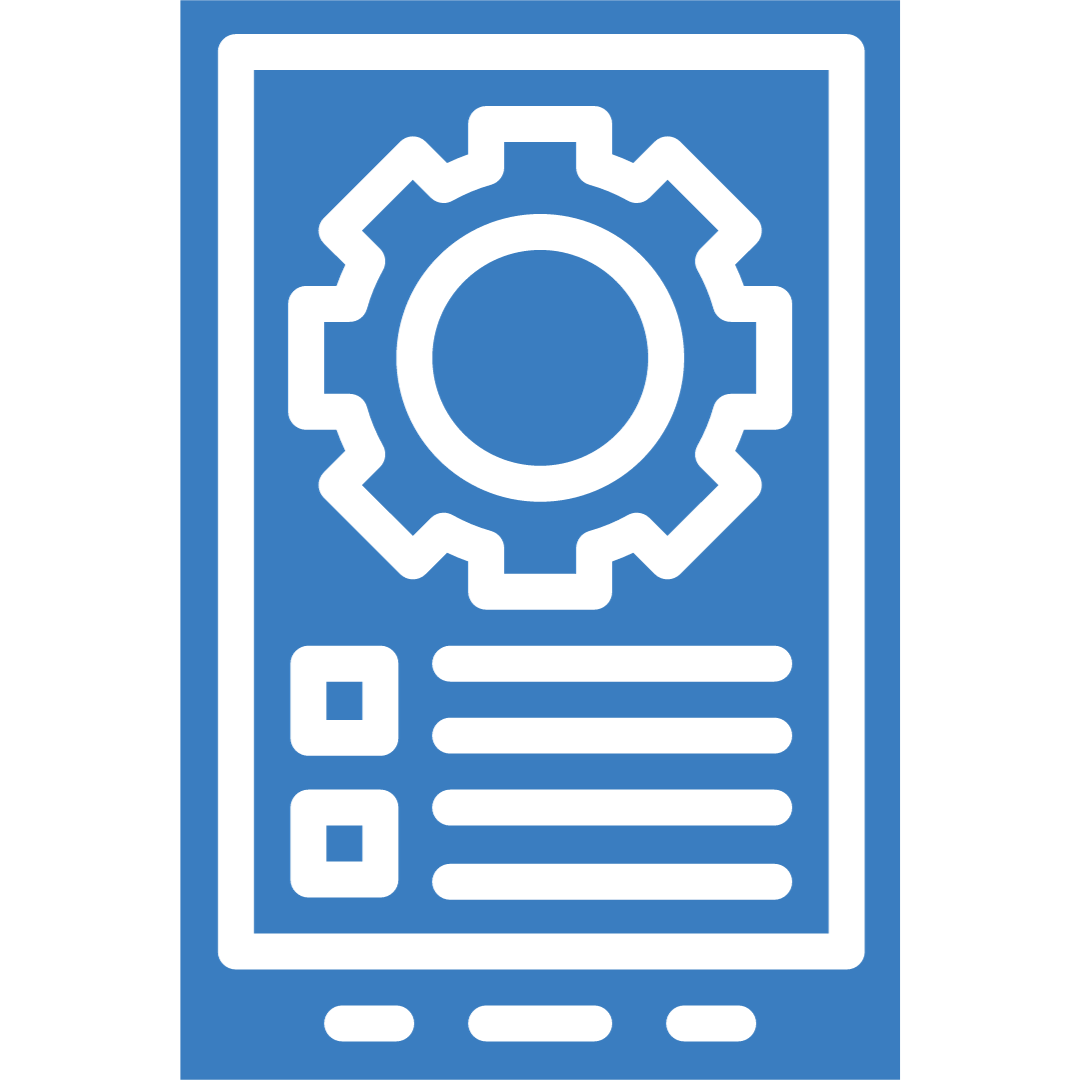
During this time, testing was a manual process and was often performed by the same individuals who wrote the code. The concept of a separate testing or QA team did not exist. Testing was largely a process of checking if the software performed its intended function and identifying and fixing bugs. Tools for automated testing were not available, and the process was labor-intensive and time-consuming.
The manual testing process steps were specified. The focus during this testing out period was more on debugging rather than systematic testing. Debugging was done using techniques like code reviews, dry runs (manually working through the program without a computer), and test runs (running the program on a computer with test data and checking the results).
QA evolved in the 1960s

The concept of QA as a separate discipline began to emerge in the late 1960s and early 1970s. This was a time when software development started to become more complex and structured, leading to the need for more systematic testing approaches. However, the tools and techniques used for QA during this period were still rudimentary compared to today's standards. The real evolution and sophistication of QA tools and methodologies began in the 1980s and 1990s with the advent of structured programming and the rise of automated testing.
The Emergence of Structured QA
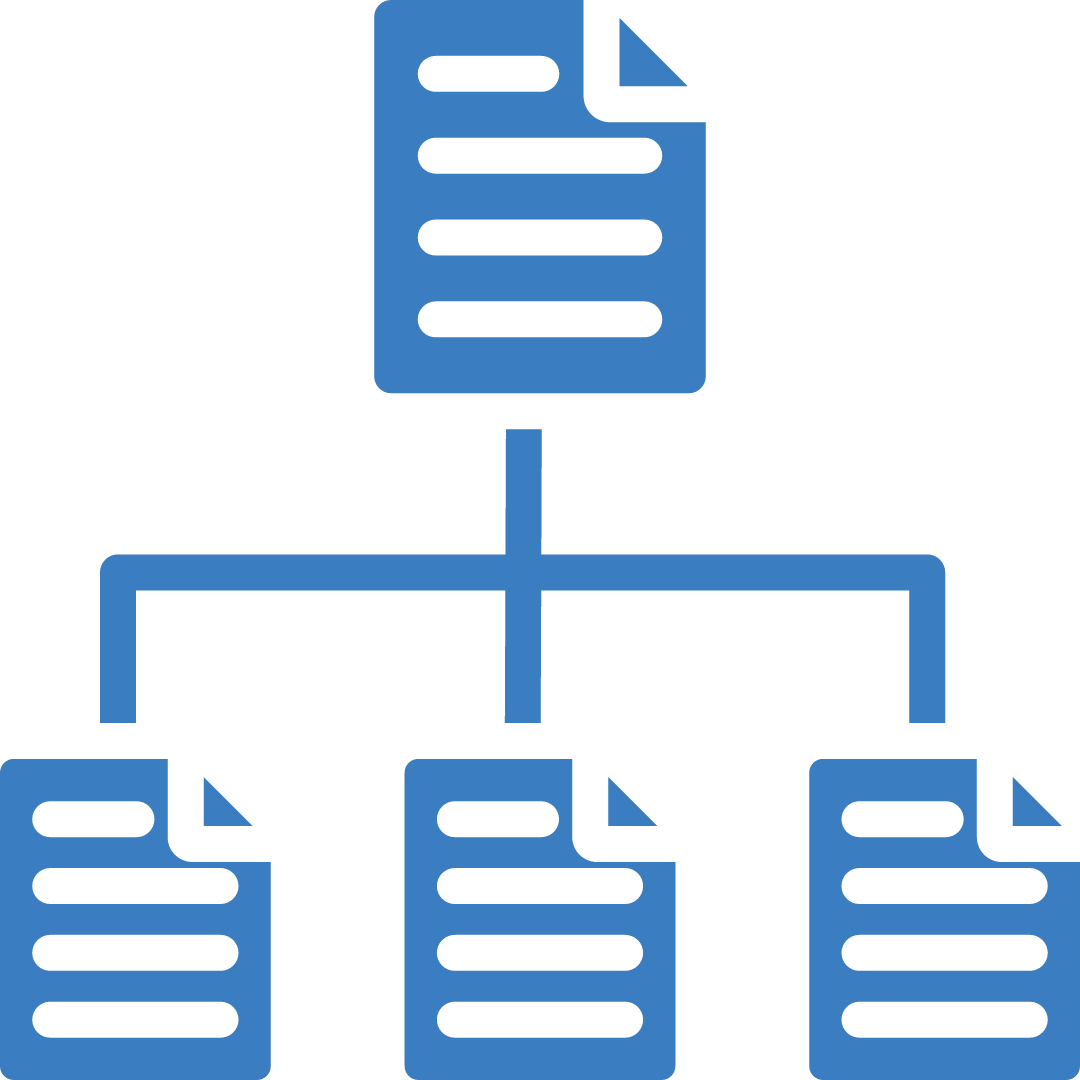
QA in the 1970s
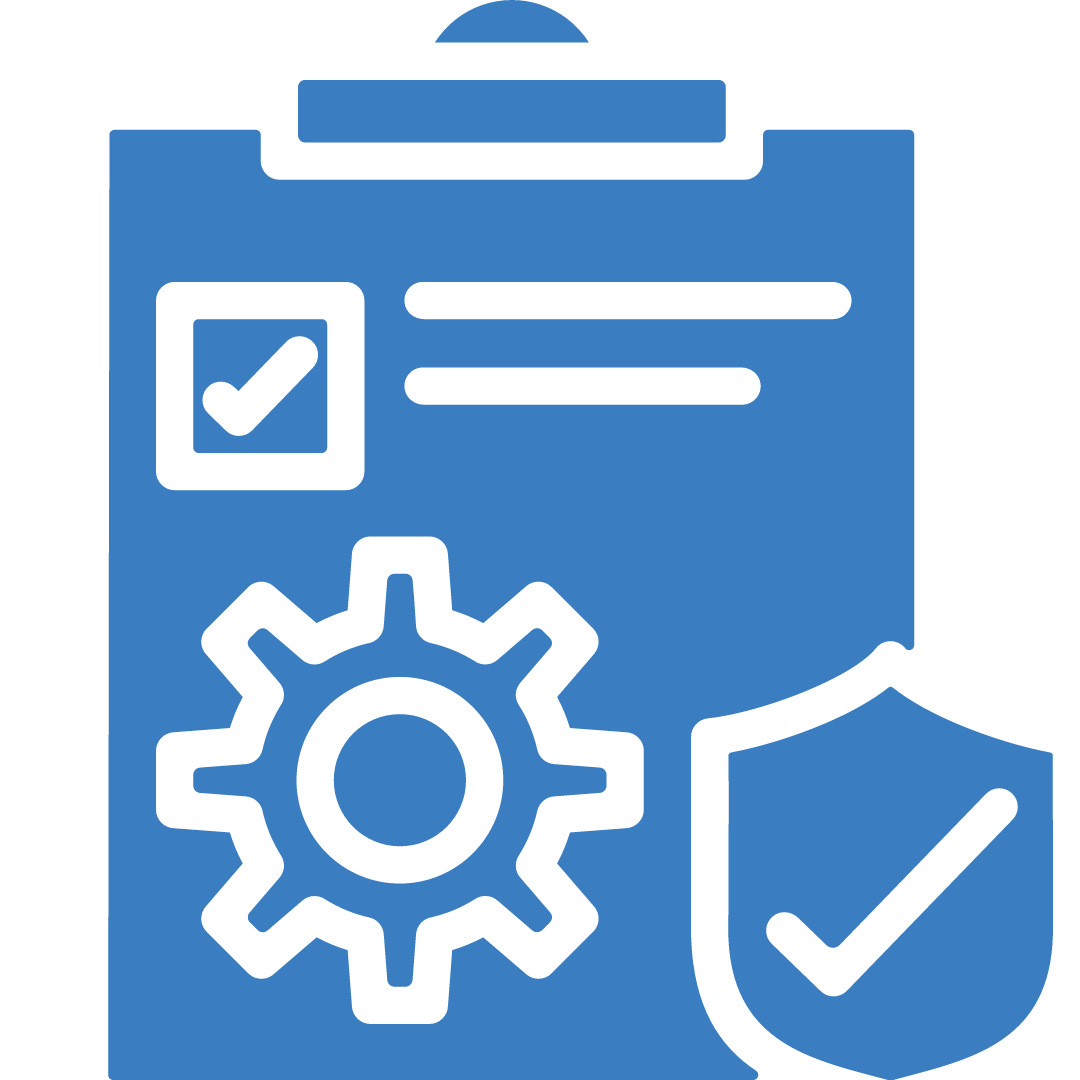
With software applications growing in complexity in the 1970s and 1980s, the demand for a more structured approach to QA became apparent. Structured programming and methodologies like the Waterfall and Spiral models came into the picture. These methodologies introduced the concept of distinct stages in the software development lifecycle, including a dedicated phase for testing. QA evolved into a separate discipline, leading to the formalization of the QA tester role.
- During this period, testing was still largely a manual process, but it became more systematic.
- Testers would create detailed test plans and test cases based on the software requirements.
- They would then manually execute these test cases and document the results.
- The goal was not just to find and fix bugs, but to ensure that the software met the specified requirements and adhered to quality standards.
The Coming of Early Test Management and bug-tracking Tools
In terms of software tools, this era saw the introduction of some early test case management and bug-tracking tools. It also saw a bug toolkit. For instance, IBM introduced a defect-tracking system in the late 1970s. However, these tools were still quite basic compared to today's standards.
QA in the 1980s and 1990s
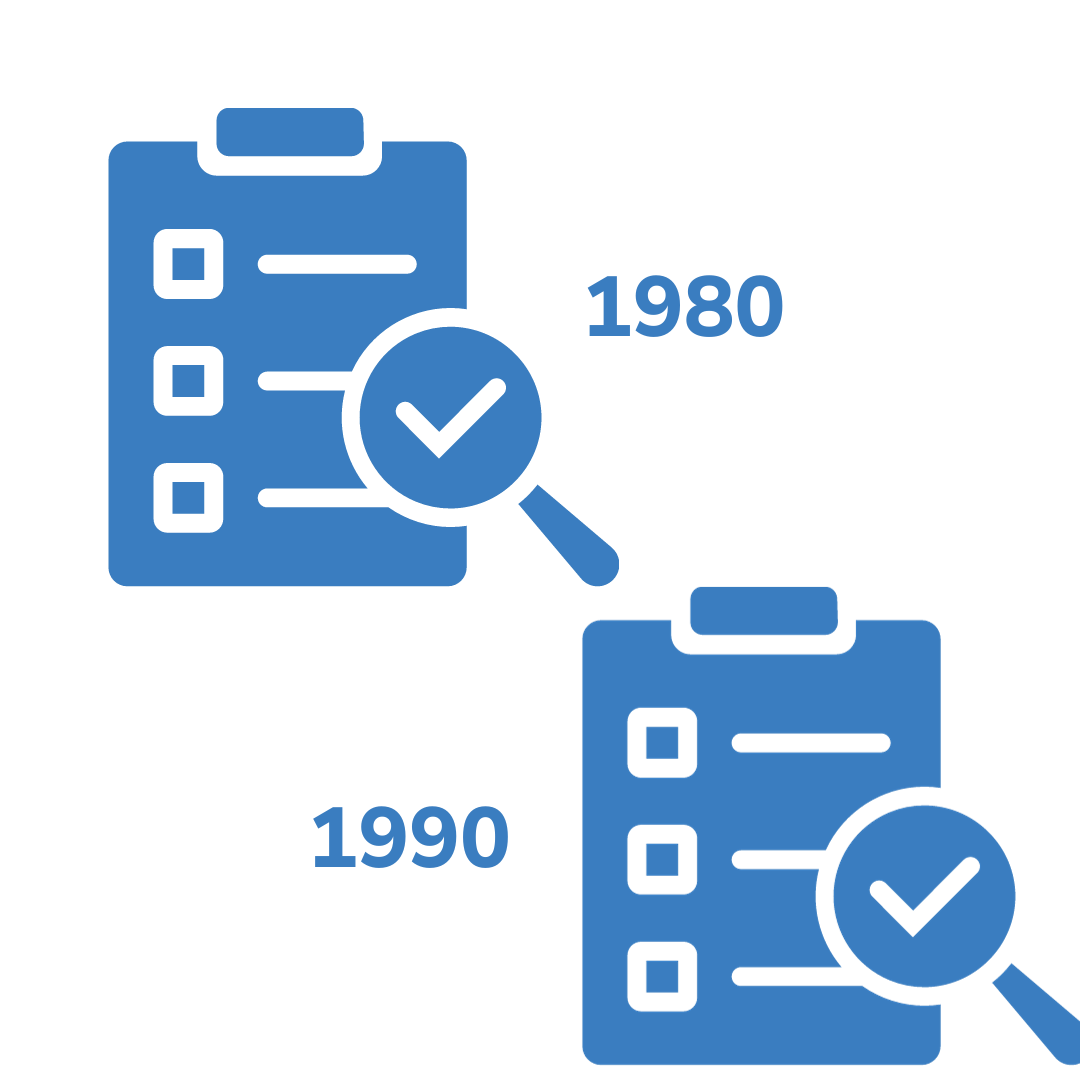
The 1980s also saw the introduction of some early automated software testing management tools. These tools were primarily used for regression testing - checking that existing functionality still worked after changes were made to the software.
One example is the 'capture/replay' testing tools, which could record a series of user actions and then replay them on demand. This allowed testers to automate repetitive tasks and increased the efficiency of the testing process.
However, it wasn't until the 1990s that automated testing took off with gusto, with the introduction of more sophisticated tools and the rise of commercial software development. This period also saw a shift towards more iterative development methodologies, which further emphasized the importance of structured and systematic QA practices.
The Emergence of Automated Testing
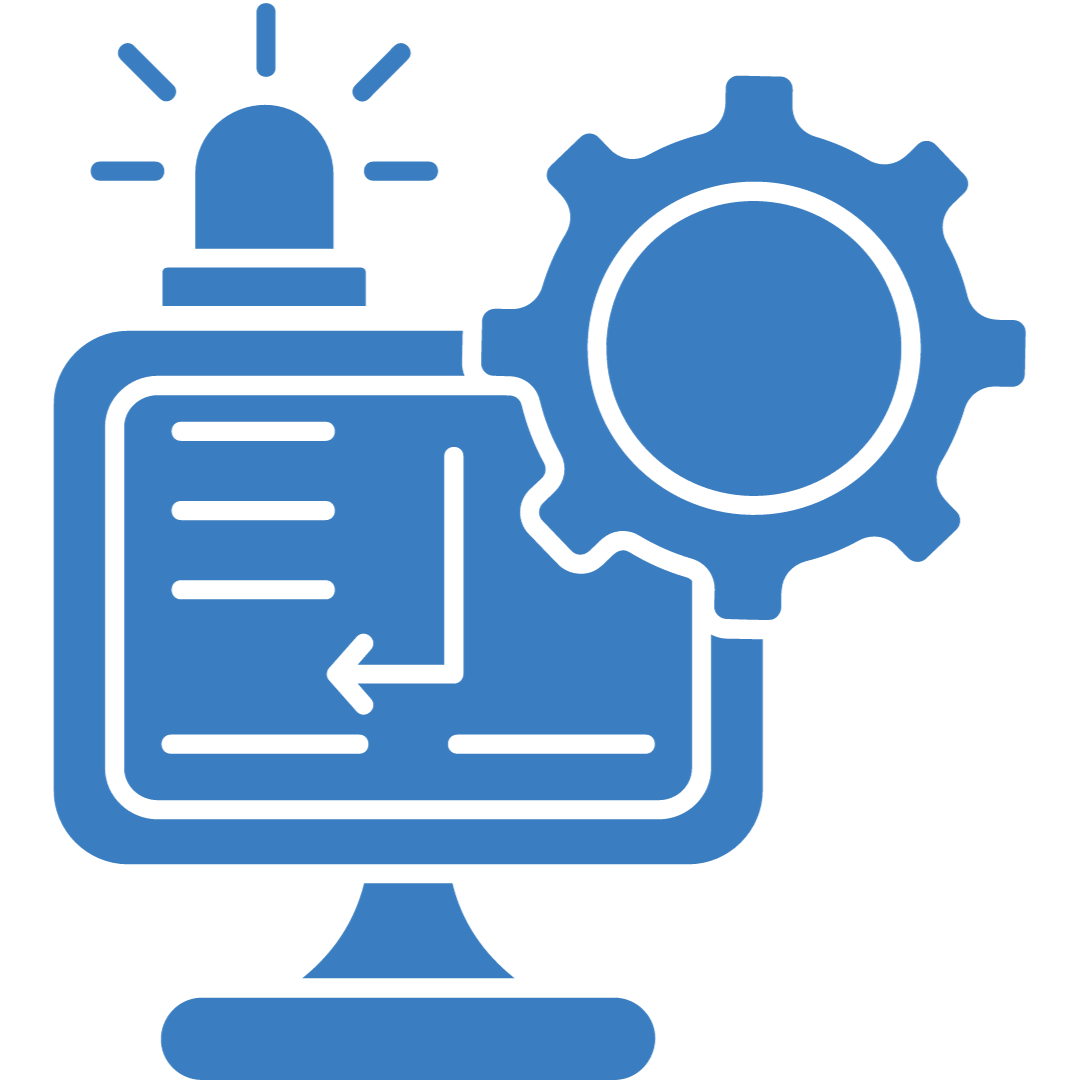
The 1990s heralded significant technological advancements in automated testing QA, leading to the creation of more complex software applications. Manual testing became increasingly laborious and susceptible to errors. This period marked the advent of automated testing tools like WinRunner and QuickTest Professional.
Automated testing facilitated more efficient and precise testing, particularly for large and intricate software systems.
What is Automated Testing?
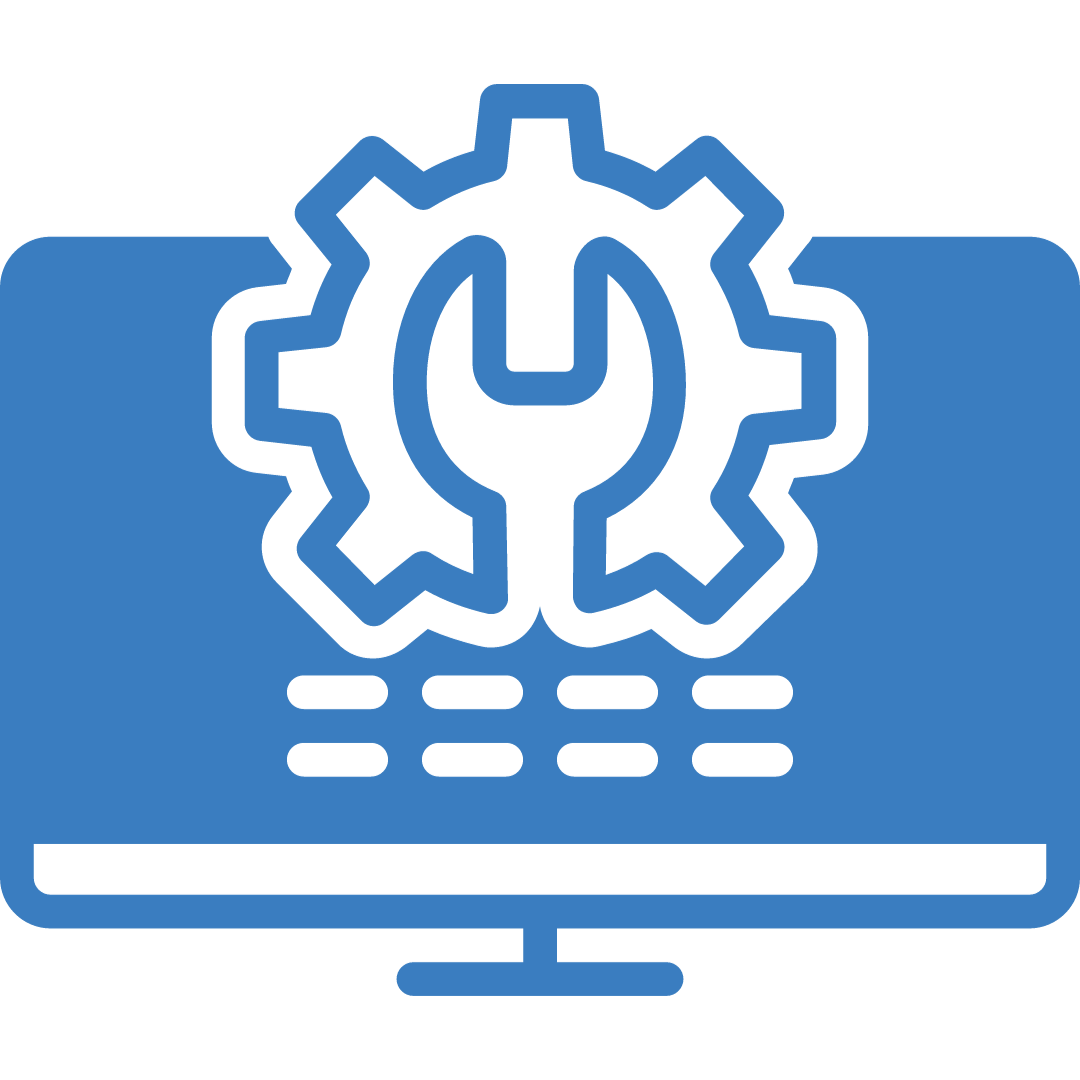
What is automation testing in QA? Automated testing involves using software tools to run tests that check for specific expected outcomes. This not only speeds up the testing process but also increases its accuracy, as it eliminates the risk of human error.
Automated Testing Tools
Here are some automated software testing management tool:
1. WinRunner
One of the earliest and most influential automated testing tools was WinRunner, introduced by Mercury Interactive in 1993. WinRunner scripting language was a GUI (Graphical User Interface) testing tool that allowed testers to record and playback user actions. It was widely used for functional and regression testing.
2. QuickTest Professional (QTP)
In 1998, Mercury Interactive introduced another influential tool, QuickTest Professional (QTP, now known as Micro Focus UFT). The QTP test tool was one of the first tools to use a scripting language to automate user actions. It allowed testers to write scripts in VBScript, which gave them more control over the testing process and made it possible to automate more complex test scenarios.
3. LoadRunner
Another significant development in the 1990s was the introduction of load testing tools. These tools were designed to test the performance of software applications under heavy load. One of the most popular load-testing tools of this era was LoadRunner, also introduced by Mercury Interactive.
4. JUnit
Towards the end of the 1990s and into the early 2000s, we also saw the introduction of open-source testing tools and the JUnit parameterized test. One of the most notable is JUnit, a framework for unit testing in Java, which was introduced in 1997. JUnit inspired the development of numerous other xUnit testing frameworks for different programming languages.
5. Selenium
The 1990s also saw the introduction of early versions of Selenium, an open-source tool for automating web browsers. Selenium has since become one of the most popular tools for automated testing of web applications.
The Agile Epoch
QA in the 2000s: Agile Methodologies
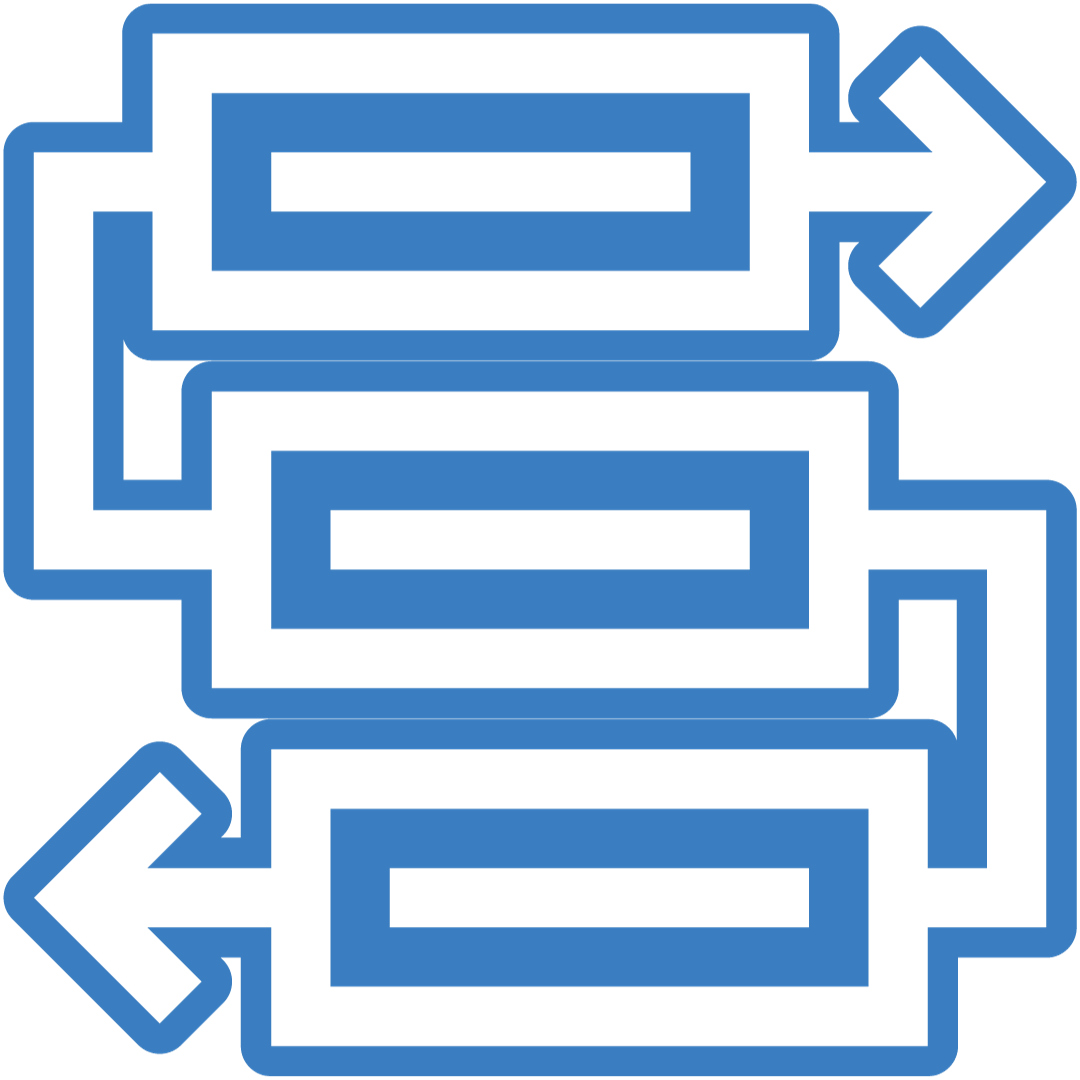
The early 2000s saw the proliferation of the Agile process and methodologies, which emphasized continuous integration and delivery. This shift necessitated continuous testing, leading to the integration of QA throughout the development process. QA testers began to collaborate closely with developers, giving birth to the QA engineer role. This era also witnessed the rise of test-driven development (TDD) and behavior-driven development (BDD), where tests are formulated before the code.
What is the agile methodology all about?
- In the Agile approach, testing is not a phase that comes after coding; instead, it's integrated throughout the lifecycle of the project.
- This led to the rise of practices like Test-Driven Development (TDD) and Behavior-Driven Development (BDD), where tests are written before the code.
- This approach ensures that code is always in a releasable state and that any issues are identified and fixed quickly.
Tools for Agile Methodologies

Several tools and software were introduced during this period to support Agile methodologies and continuous testing:
1. JUnit and NUnit
These are frameworks for unit testing in Java and .NET, respectively. They support the practice of TDD, where developers write tests before writing the code.
2. Selenium
This is an open-source tool for automating web browsers. It's widely used for testing web applications and supports multiple programming languages. Both JUnit and Selenium are immensely popular.
3. Jenkins
This is an open-source tool for continuous integration. It allows developers to automatically build and test their code every time they commit changes, helping to identify and fix issues quickly.
4. JIRA
This is a project management tool from Atlassian that's widely used in Agile development. Through a Jira tutorial, you can help teams plan, track, and manage their work. It also includes features for bug tracking and integration with other testing tools.
5. Cucumber
This is a tool for BDD, which extends TDD by writing test cases in a natural language that non-programmers and business partners can read.
6. TestRail
This is a test case management tool that allows QA teams to manage, track, and organize their testing efforts.
The AI and ML Era in QA
QA Today

Today, AI and quality control cannot be stressed enough. Presently, we are witnessing the era of Artificial Intelligence (AI) and Machine Learning (ML) in QA. AI and ML are being leveraged to automate complex testing tasks, predict potential issues, and enhance testing accuracy. Tools like Appvance and Testim.io utilize AI to generate and optimize test cases, reducing the time and effort required for testing.
Uses of AI and ML
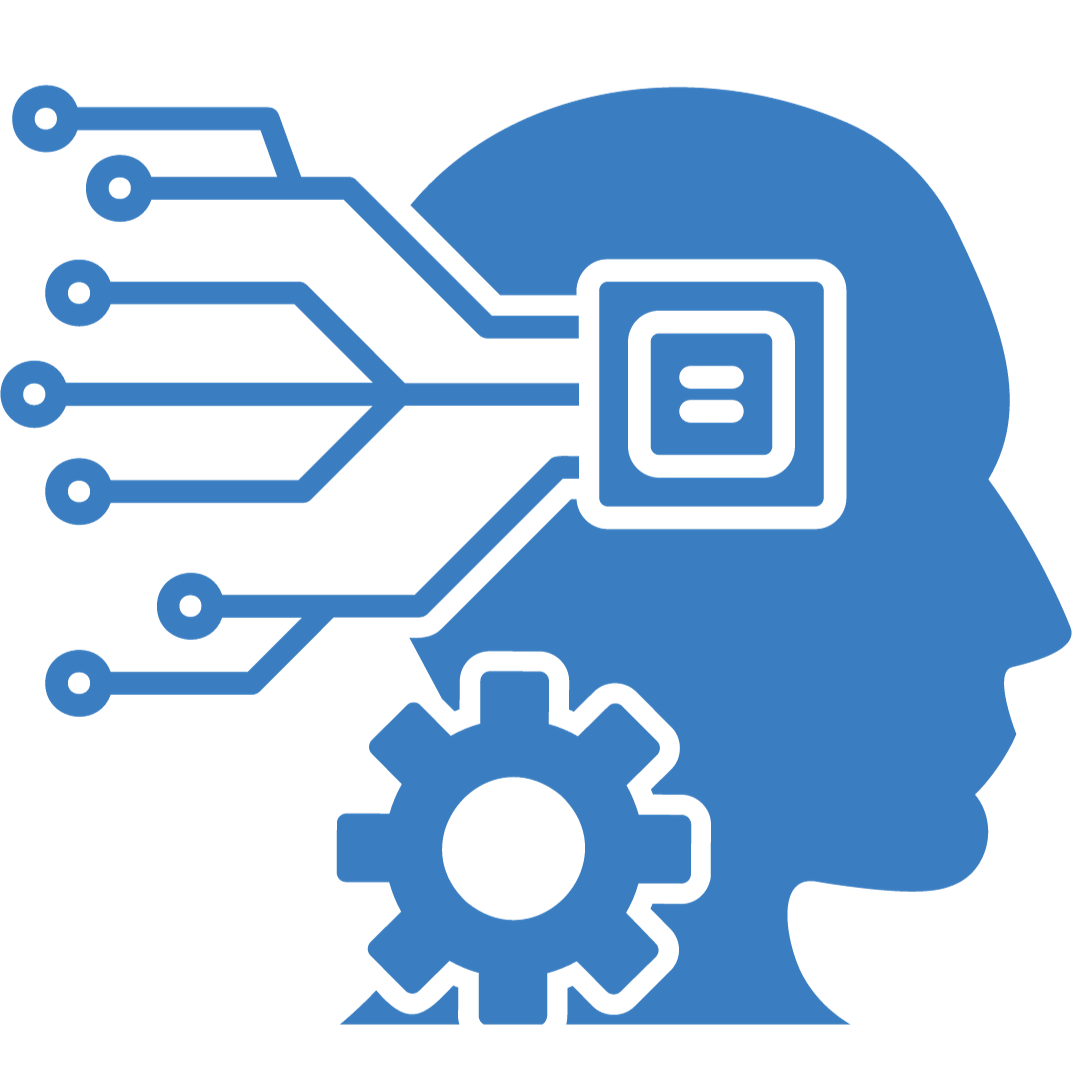
AI and ML in QA are being used in several ways so understanding AI and machine learning is key:
- Test Case Optimization: AI and ML can analyze test cases to identify redundancies and gaps, helping to optimize the test suite.
- Predictive Analytics: By analyzing historical data, AI and ML can predict where issues are most likely to occur, allowing testers to focus their efforts more effectively.
- Intelligent Test Generation: AI and ML can generate test cases based on user behavior and system requirements, reducing the time and effort required for test case creation.
- Automated Defect Analysis: AI and ML can analyze defects to identify patterns and root causes, helping to prevent similar issues in the future.
Tools to implement AI and ML in QA
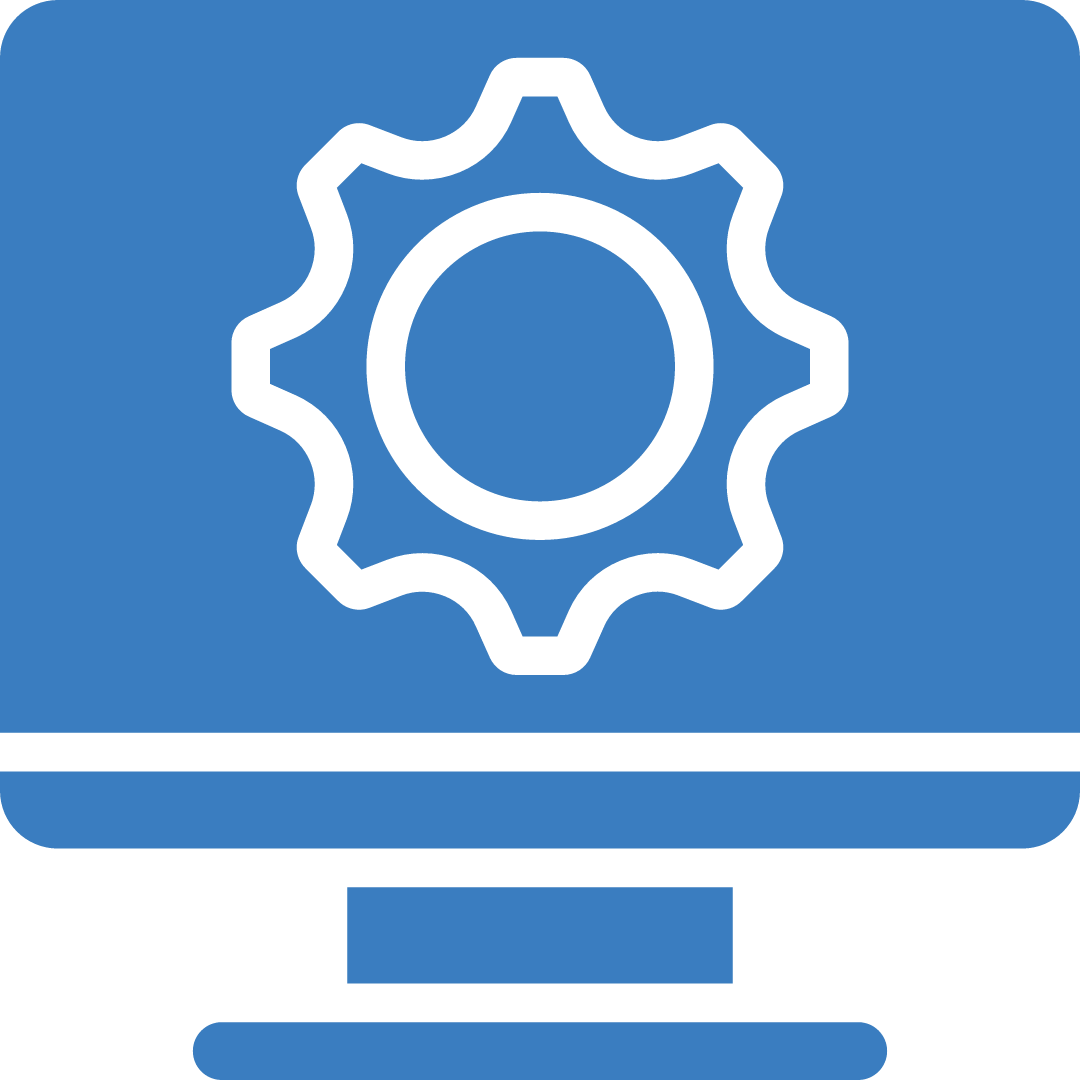
Several AI ML based automation tools and software are being used in QA:
- Appvance: This is an AI-driven test automation tool. It uses AI to generate and optimize test cases, reducing the time and effort required for testing.
- Testim.io: This tool uses machine learning to speed up the authoring, execution, and maintenance of automated tests.
- Sealights: This is a test analytics platform that uses machine learning to provide insights into the testing process, helping teams to focus their testing efforts more effectively.
- Functionize: This is a cloud-based test automation platform that uses machine learning to automate the testing process.
- Eggplant: This tool uses AI and analytics to automate test creation and execution, helping to improve software quality and speed up the delivery process.
- Mabl: This is an end-to-end test automation platform that uses machine learning to identify regressions, flaky tests, and other issues.
These tools, among others, are helping to revolutionize the QA process. As AI and ML continue to evolve, we can expect them to play an increasingly important role in QA.
The transformation of QA in the tech industry mirrors the broader shifts in technology and business practices. From being an ancillary process to becoming a critical component of the development process, QA has traversed a long path. As we look ahead, we can anticipate QA to continue evolving, driven by advancements in AI, ML, and other emerging technologies. For QA professionals, staying abreast of these trends is crucial to ensure the delivery of high-quality, reliable, and efficient tech products.
Get in touch with our QA experts today to explore how our expertise can elevate your project's testing strategy, ensuring robust, user-friendly, and high-quality software. Let's collaborate to bring your software visions to life with the precision and care they deserve.

Case Study: TalentResources

7 Reasons Why CRM is Useful for Accountants


